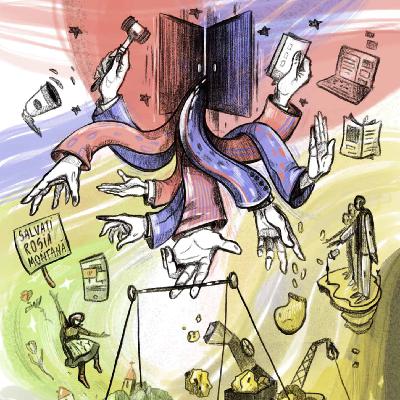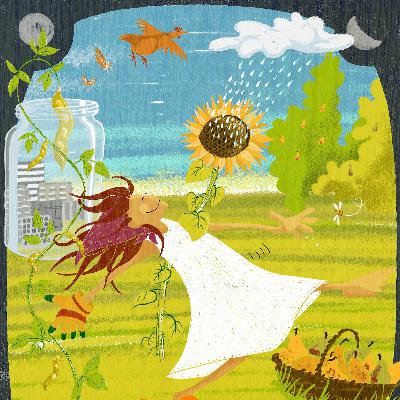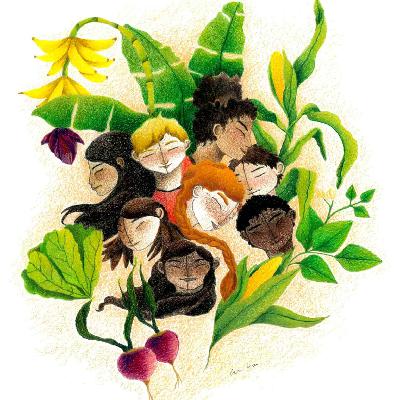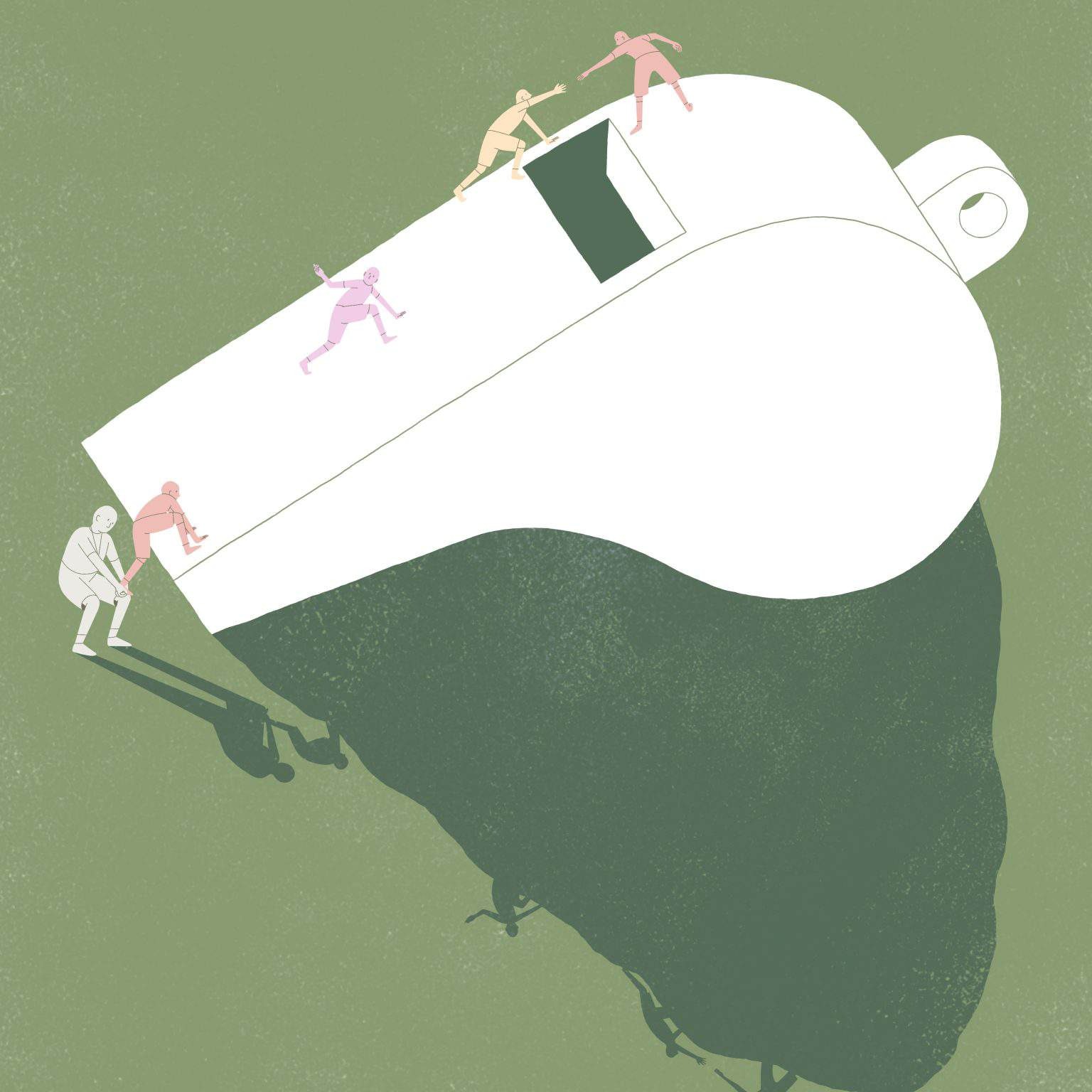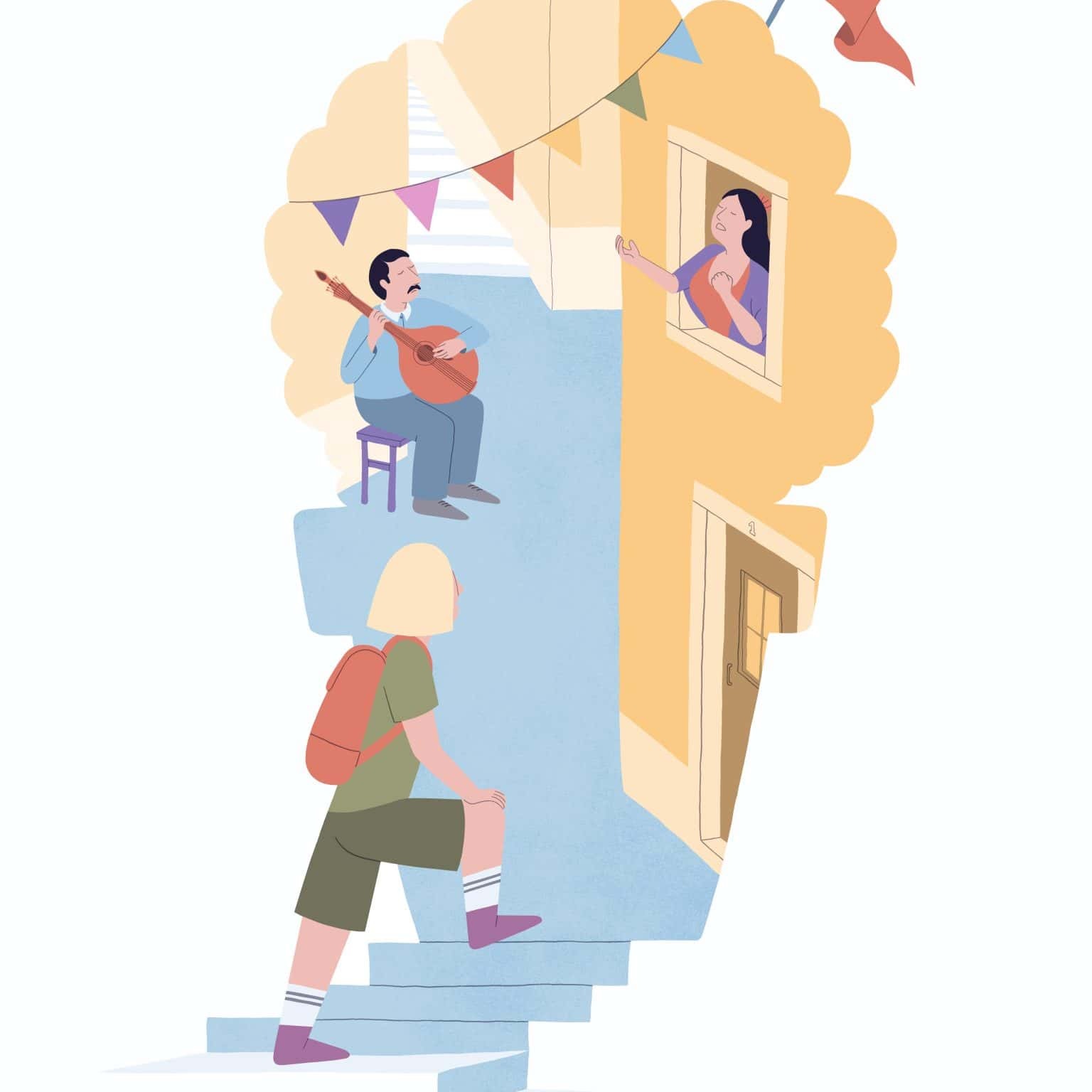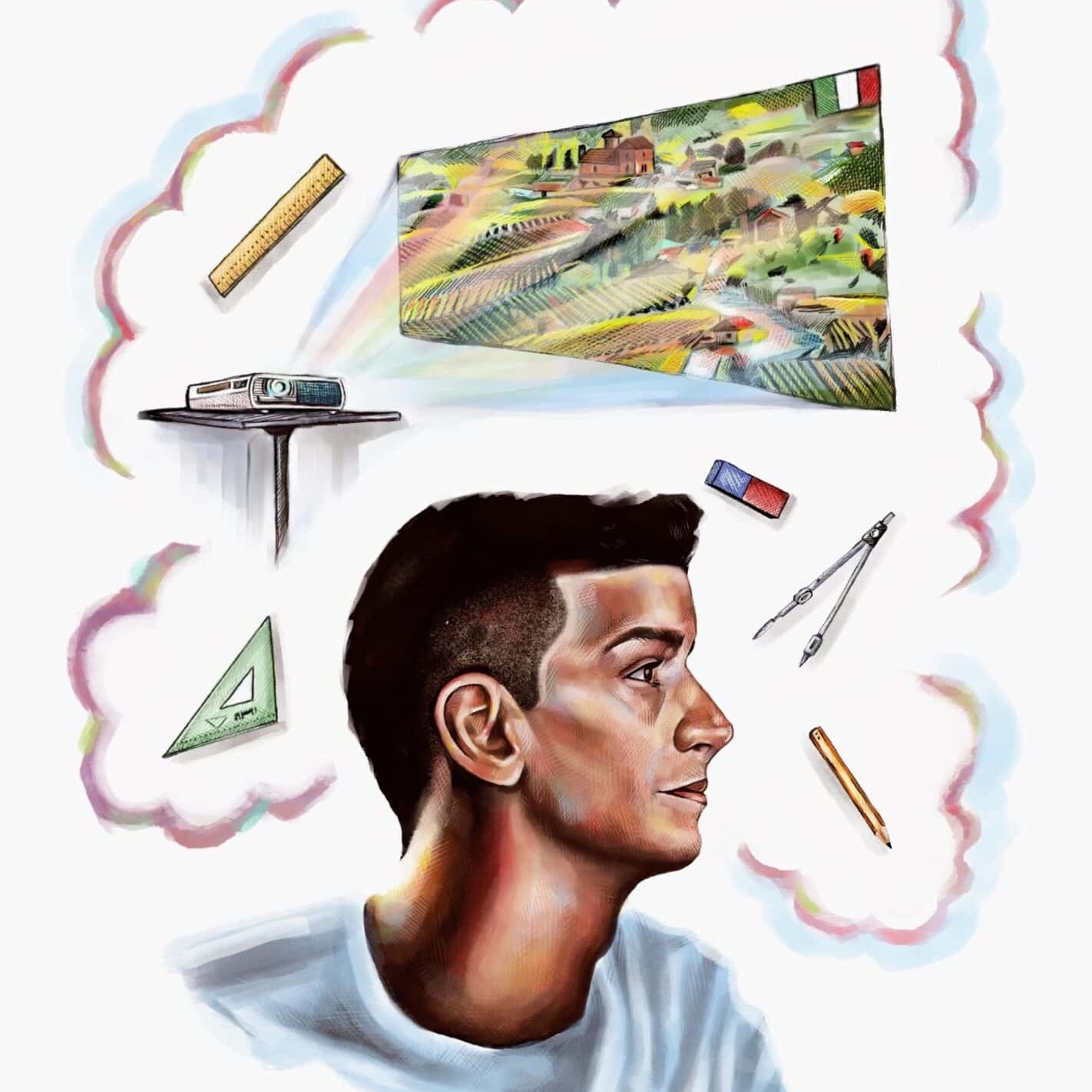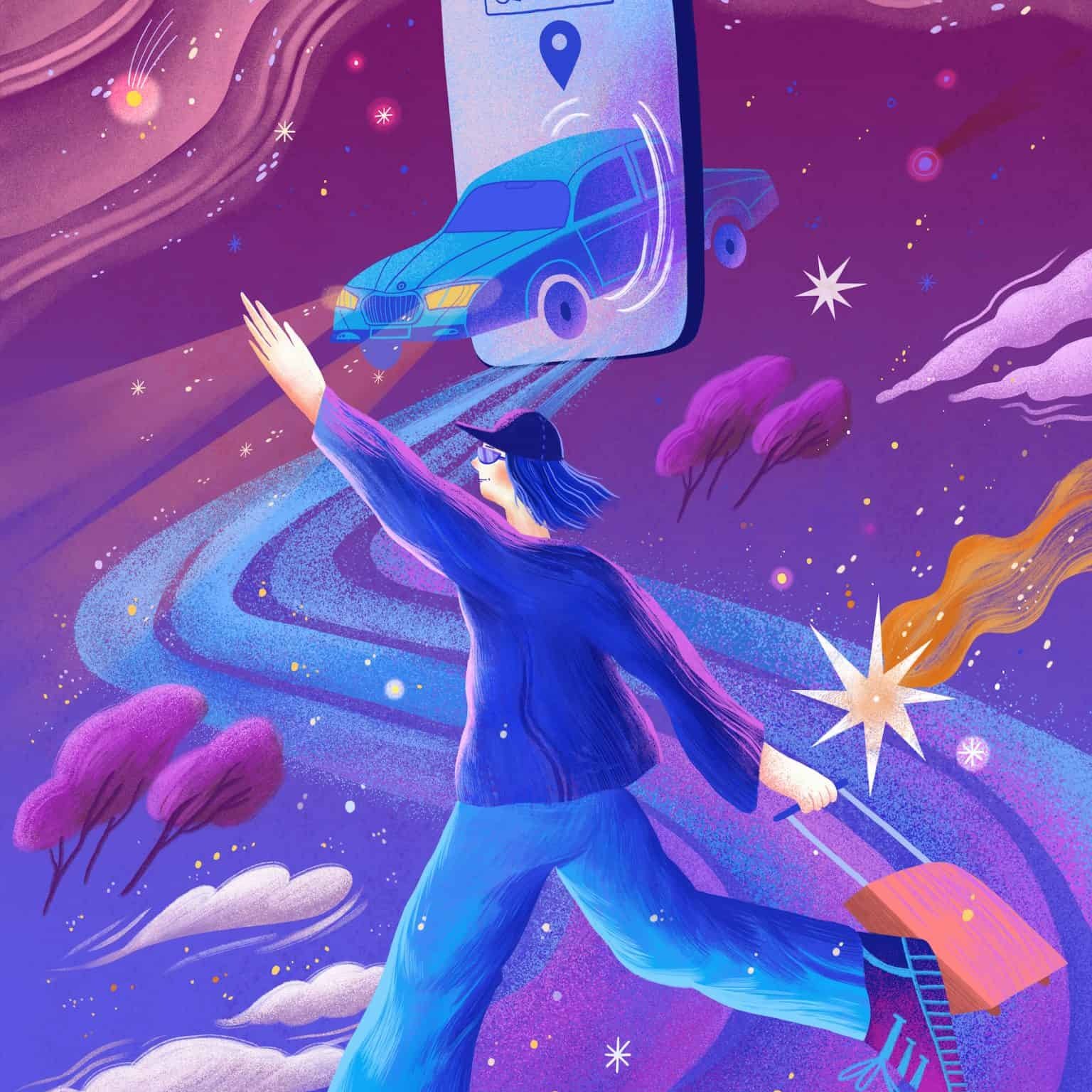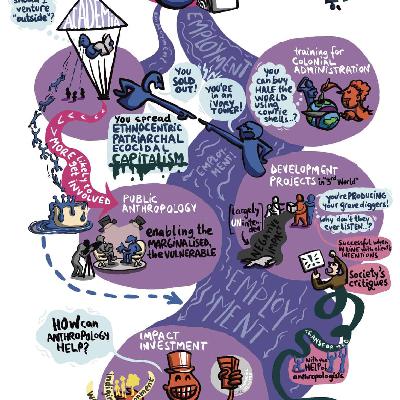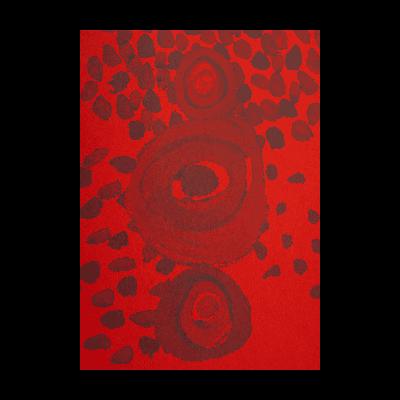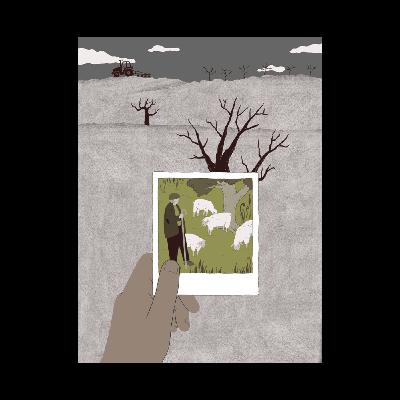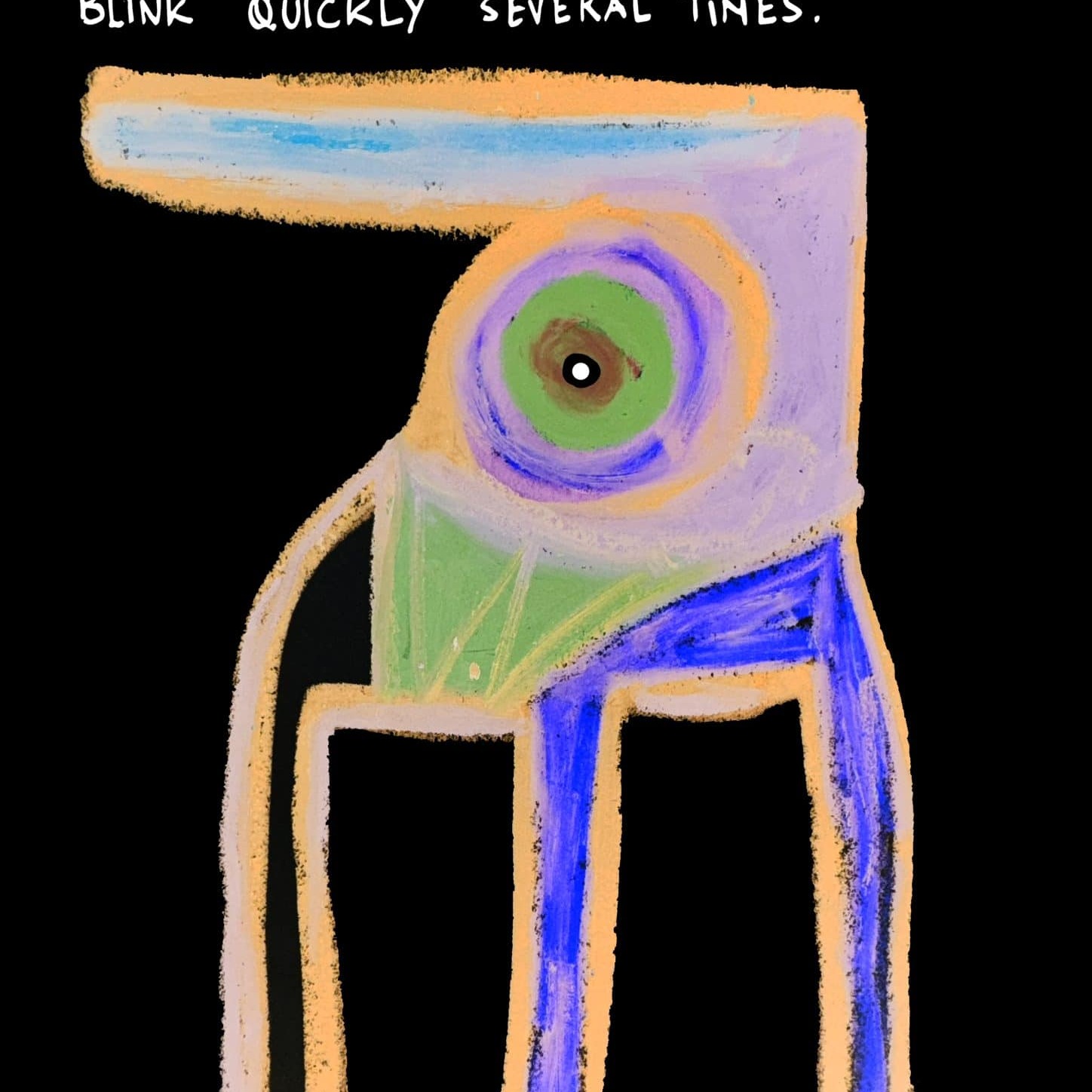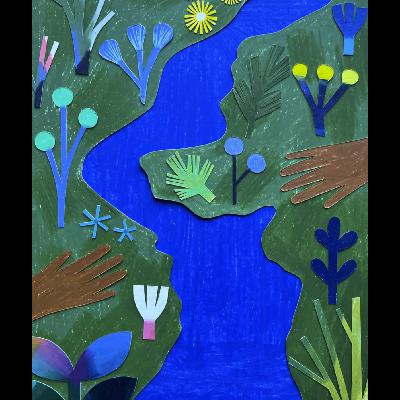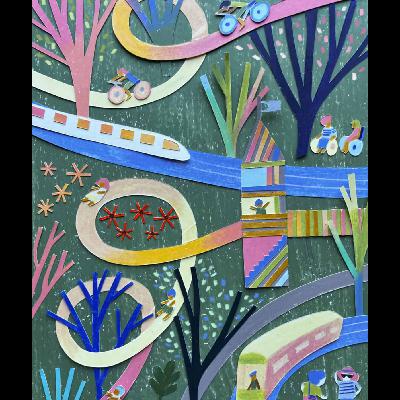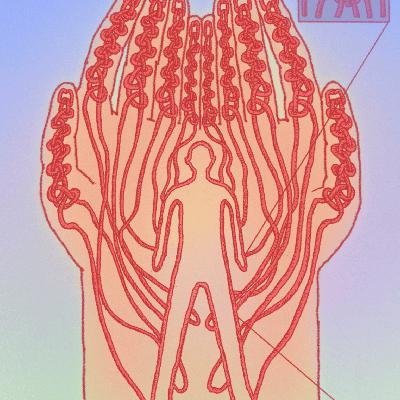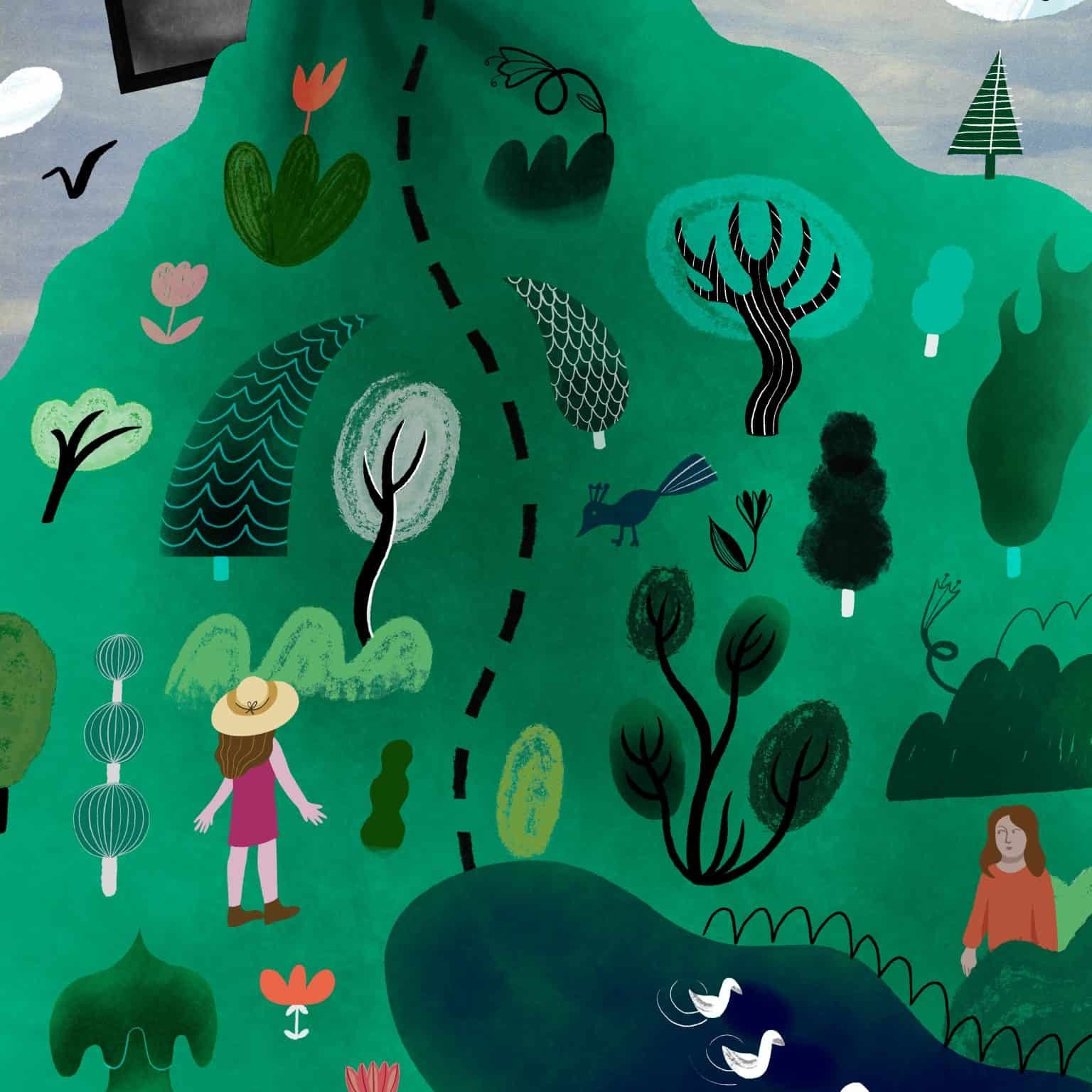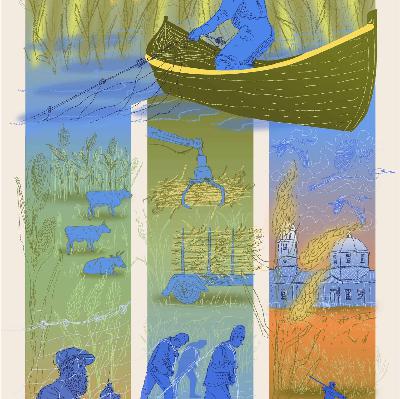
AnthroArt
Author: Antropedia / Namla / Ambigrama
Subscribed: 0Played: 3Description
AnthroArt – Action for People and Planet is an initiative of three applied anthropology organisations – Antropedia, Namla and Ambigrama – that aims to create an international platform for connecting anthropology and art, with the purpose of deepening awareness about inequality and our relation with the environment and driving change across three geographies: Romania, The Netherlands and Portugal, as well as beyond.
AnthroArt – Action for People and Planet is a two-year project (2023-2024) co-funded by the European Commision, under the Creative Europe Programme (CREA).
***
Funded by the European Union. Views and opinions expressed are however those of the author(s) only and do not necessarily reflect those of the European Union or the European Education and Culture Executive Agency (EACEA). Neither the European Union nor the granting authority can be held responsible for them.


